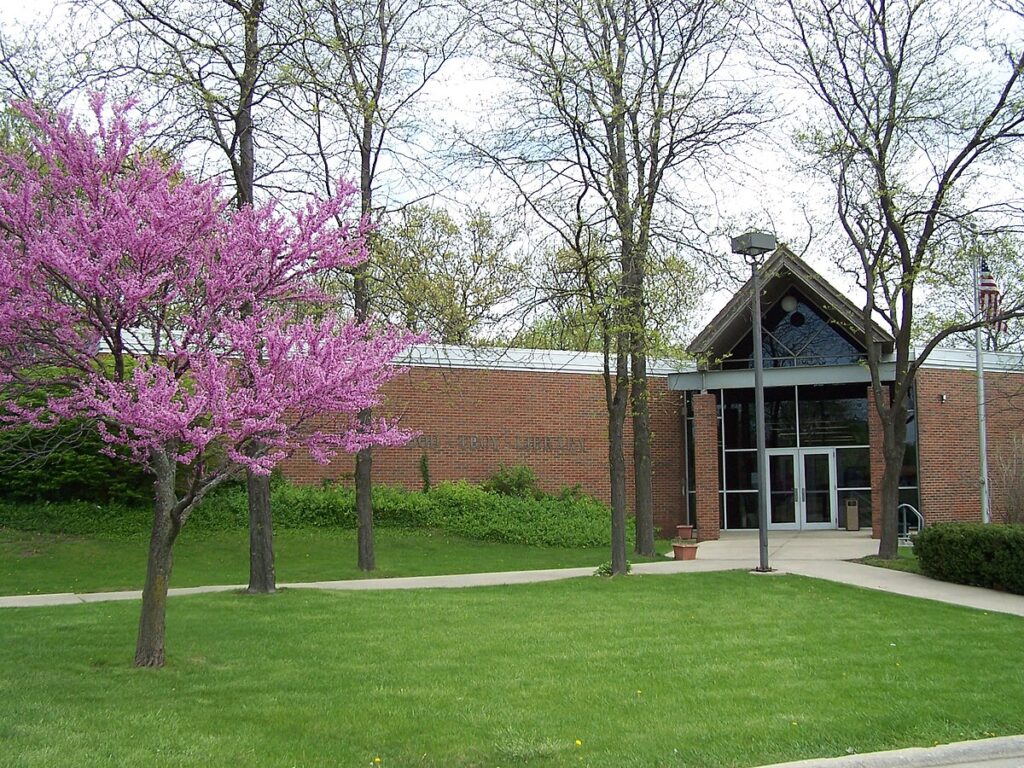
Moving to Shorewood, Illinois: A Comprehensive Relocation Guide
Considering moving to Shorewood, Illinois? This growing Will County village offers affordable living, new development, and family atmosphere. With approximately 18,000 residents in 2025, Shorewood combines rapid growth with value and Southwest Chicagoland’s emerging destination.
Demographic Profile to Consider If Moving to Shorewood:
Shorewood’s 2025 population is approximately 18,000 residents in this Will County village 40 miles southwest of Chicago experiencing explosive growth. The median age is around 36 years, with families, young professionals, and working-age residents. The population is approximately 80% White, 10% Hispanic, 6% Asian, 3% Black or African American. Shorewood features primarily new suburban development, growing commercial corridors along Route 59, family-oriented character, and serves as a Southwest suburbs affordable option. The village attracts families seeking new construction with affordability, first-time buyers, and those prioritizing value and schools. Shorewood appeals to working-class to middle-class families seeking space. The community experiences rapid growth and development. Find trusted local services for moving, living, and working in Shorewood.Shorewood Relocation Directory
Cost of Living to Consider If Moving to Shorewood:
Shorewood offers exceptional affordability for the Southwest suburbs. Median home values range from $290,000 to $390,000 in 2025, with abundant new construction providing inventory and value. The median household income is approximately $92,000. Rental properties average $1,500 to $2,000 monthly. Illinois’ state income tax is flat 4.95%. Property taxes are moderate (lower than Cook County). Overall cost of living is competitive for new homes and space, making Shorewood highly attractive for first-time buyers, families, and those seeking Southwest suburbs affordability. The village provides tremendous value with new construction. Housing costs create accessibility while providing modern amenities.
Economy and Job Market:
Shorewood residents typically work throughout Chicagoland with many commuting. Some work at local businesses or in nearby Joliet, Plainfield, or Naperville. Many commute to Chicago or various Southwest locations. The broader Chicagoland economy offers opportunities. Typical commute times to Chicago range 60-80 minutes. The village serves primarily as a bedroom community for workers willing to accept commutes for housing affordability. Many residents work in diverse sectors throughout the metro.
Education:
Troy Community Consolidated School District 30C, Joliet Public Schools District 86, and Minooka Community Consolidated School District 201 serve Shorewood students depending on location. Schools including Minooka Community High School and Troy serve students. School quality is competitive with improving facilities as districts grow. The educational infrastructure expands to serve the growing population.
Recreation and Lifestyle:
Shorewood offers Hammel Woods Forest Preserve with extensive trails and natural areas, growing parks including Shorewood Park, and developing commercial areas along Route 59. The village maintains recreation programs and facilities. Residents enjoy access to Joliet and Southwest suburbs attractions within reasonable drives. The lifestyle emphasizes affordable family living, new home amenities, space, and suburban safety. The four-season climate enables year-round activities. The community values family atmosphere, growth management, and new construction character. Living in Shorewood means accepting commutes (often 60-80+ minutes), embracing rapid growth and construction, limited immediate entertainment, and prioritizing housing affordability and space while enjoying new construction, larger lots, and Southwest Chicagoland affordability creating value for families willing to commute for space and new homes in an emerging community.
Healthcare and Services:
Shorewood residents access healthcare through facilities in Joliet including AMITA Health Saint Joseph Medical Center, Silver Cross Hospital, and medical offices throughout the Southwest suburbs. The regional healthcare infrastructure serves the growing population.
Transportation:
Shorewood is accessed via Illinois Route 59, U.S. Route 52, Interstate 55 (via connecting roads), and various corridors. No direct Metra service. Pace operates limited suburban bus routes. Most residents use personal vehicles with long commutes typical. Typical commute times to Chicago are substantial (60-90 minutes).
Conclusion:
Moving to Shorewood in 2025 offers affordable Southwest living with new development, family atmosphere, and emerging community character. The village’s combination of new home affordability, space, and growth makes it ideal for first-time buyers, families, and those seeking Southwest Chicagoland value where new construction meets affordability and rapid growth defines an emerging family destination.

